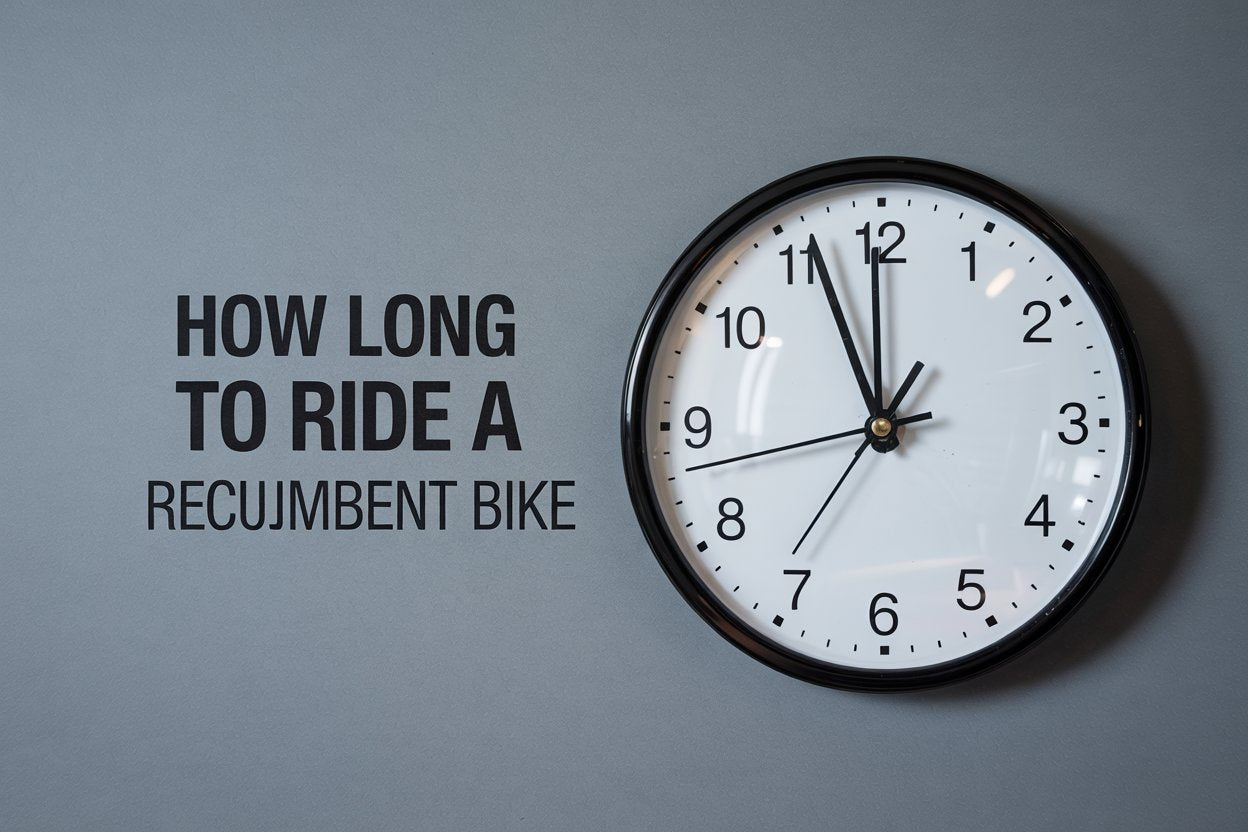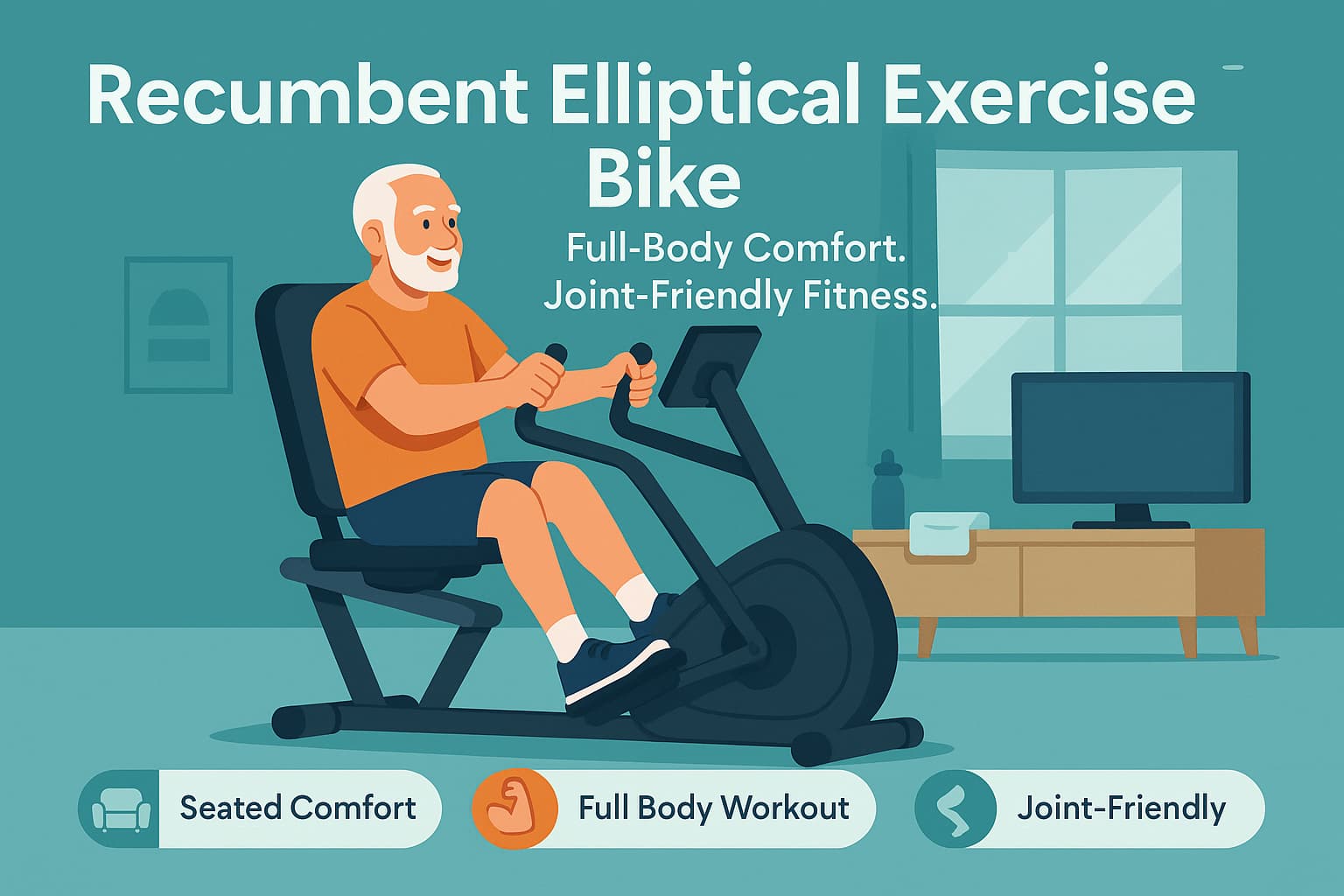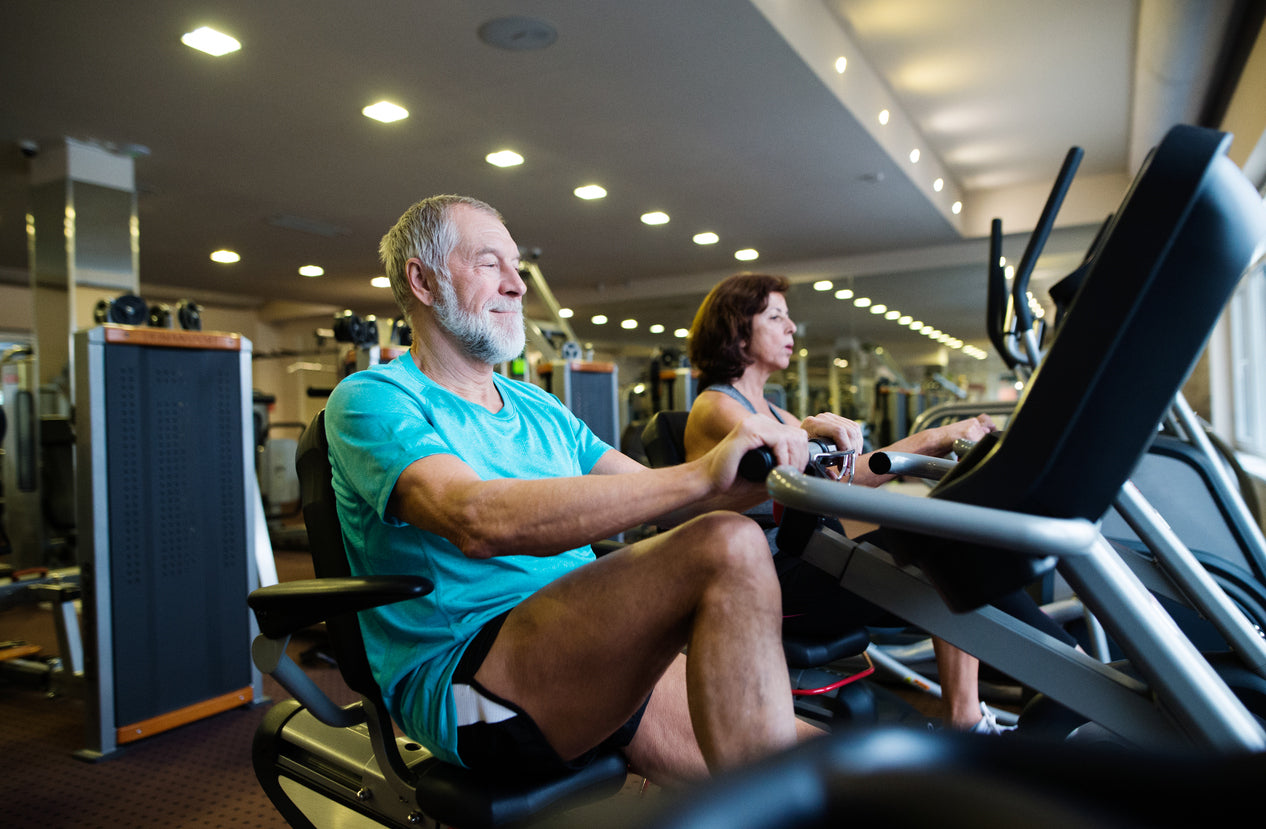Most people benefit from riding a recumbent bike 20 to 45 minutes per session, 3 to 6 times per week, depending on goals like weight loss, heart health, or rehabilitation. Recumbent exercise bikes feature a reclined position, a supportive back rest, and a larger seat, making them more comfortable than a traditional stationary bike. Start slow and gradually increase duration based on your fitness level.
This guide helps you determine the optimal workout duration based on your fitness level and goals, supported by expert recommendations and sample plans. The reclined body position and full back support of recumbent bikes provide a low impact workout, making them a great tool for people with joint pain or those seeking comfortable exercise equipment. The ergonomic design also allows users to watch television or read while exercising, making recumbent bikes a versatile addition to any home gym.
What Factors Affect How Long You Should Ride a Recumbent Bike
Recumbent bikes are a type of exercise equipment and are often preferred over other exercise bikes for their comfort and support.
Four factors determine how long you should ride a fitness recumbent bike, including your fitness level, workout goals, age, and joint health:
- Fitness Level: Beginners may start with 10–15 minutes, while seasoned riders can handle 45–60 minutes.
- Workout Goals: Are you trying to lose weight, improve heart health, or recover from an injury?
- Physical Condition: Joint health, age, and energy levels will guide your ideal session length. Recumbent bikes put less pressure on the lumbar spine and joints compared to upright bikes and treadmills, making them a safer option for those with back pain.
- Schedule: Even 20-minute sessions can be effective with consistency.
Body weight can also influence how long you should ride, as heavier individuals may burn more calories in the same session.
Compared to other cardio equipment like treadmills and upright bikes, recumbent bikes offer excellent support and comfort, making them ideal for disease control and suitable for a wide range of fitness levels.
How Long Should You Ride Based on Your Goal
The ideal recumbent bike duration depends on your specific fitness goal. Recumbent bike workouts can be tailored as a custom workout by adjusting resistance levels, speed, and duration to match your fitness goals. For weight loss, aim for 30–60 minutes per session, depend on calories burned on recumbent bike which depends on workout intensity and whether you choose a moderate pace, high intensity, or interval style. For heart health, 20–30 minutes is effective. Recovery rides may only require 10–20 minutes, while building muscles recumbent bike works calls for 25–45 minutes. Matching your workout time to your goal helps maximize results and avoid overtraining.
| Goal | Duration | Frequency | Notes |
|---|---|---|---|
| Weight Loss | 30–60 minutes | 5–6 times per week | Steady pace or interval training |
| Cardiovascular Health | 20–30 minutes | 3–5 times per week | Maintain moderate intensity (Zone 2) |
| Rehab & Recovery | 10–20 minutes | Daily or every other day | Light resistance, slow pace |
| Muscle Endurance | 25–45 minutes | 4–5 times per week | Gradual resistance increase; increasing resistance levels and focusing on lower body muscles through proper pedaling technique can help build strength and endurance. |
Table notes: High intensity interval training and steady-state cardio are both effective recumbent bike workouts. Alternating between high intensity and moderate pace sessions can maximize cardiovascular benefits and calorie burn.
🛒 Looking for a Recumbent Bike?
Source:
As recommended by the American Heart Association [1], adults are encouraged to engage in moderate aerobic exercise—such as cycling on a recumbent bike—for a total of 150 minutes weekly. This translates to just 30 minutes a day, five days a week.
The American College of Sports Medicine (ACSM) [2] similarly suggests spreading cardio throughout the week in sessions of 20–60 minutes for general fitness and weight control.
Recumbent bike exercise is a form of aerobic exercise that provides significant cardiovascular benefits, helps improve cardiovascular fitness, and can be used for both low and high intensity workouts. Recumbent exercise is suitable for all fitness levels and can be used for disease control and rehabilitation. Cycling on a recumbent bike engages multiple muscle groups, especially the lower body, and some exercise bikes also allow for upper body engagement for a more comprehensive workout. Using a recumbent bike offers a low impact, joint-friendly cardio workout, and recumbent bikes provide a safe and effective way to achieve your fitness goals.
Exercising at an easy pace or leisurely pace is ideal for beginners or recovery days, while a moderate pace or high intensity session is better for advanced users. Some recumbent bikes can simulate riding up hills by adjusting resistance, and proper pedal technique is important for comfort and efficiency. Regular bike workouts and cycling sessions contribute to overall cardiovascular exercise and support weight loss, endurance, and heart health.
How Can You Safely Increase Ride Duration
To safely increase your recumbent bike ride duration, gradually add no more than 10% extra time each week to avoid injury and reduce the risk of saddle soreness during longer workouts. This gradual approach helps prevent fatigue, joint strain, and injury. Use heart rate monitoring to stay in a safe training zone, and watch for signs of overtraining like soreness, poor sleep, or exhaustion.
- Add no more than 10% duration per week.
- Use heart rate monitoring to stay within your target zone (60–70% for fat burning)
- Watch for signs of overtraining: joint pain, sleep disruption, or prolonged fatigue
Conclusion
Recumbent biking isn't just about minutes on the clock—it's about building a routine that fits your life and supports your health goals. Whether you're just starting out or refining your weekly workout plan, consistency matters more than perfection. Begin with what feels manageable, increase gradually, and most importantly, enjoy the process. Over time, these small efforts add up to real improvements in endurance, heart health, and energy.
FAQ
How many miles on a recumbent bike to lose weight?
You need to ride a recumbent exercise bike about 70–88 kilometers (43–55 miles) to burn roughly 1 pound of body fat.
Reference
- American Heart Association. (n.d.). Recommendations for Physical Activity in Adults. Retrieved from https://www.heart.org/en/healthy-living/fitness/fitness-basics/aha-recs-for-physical-activity-in-adults
- American College of Sports Medicine. (2017). ACSM's Guidelines for Exercise Testing and Prescription (10th ed.). Lippincott Williams & Wilkins.
Latest Articles











